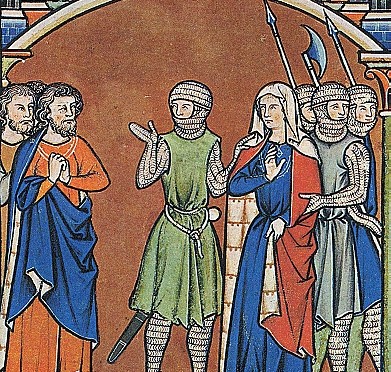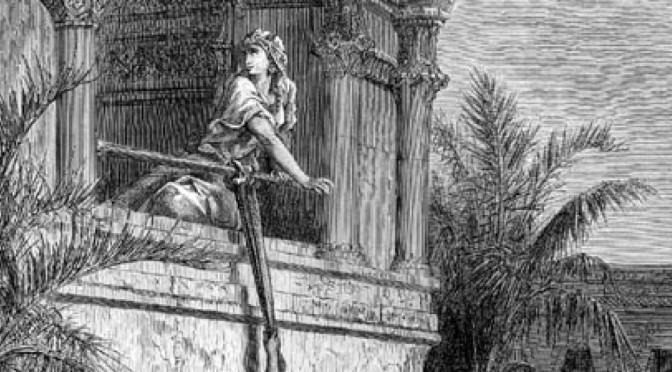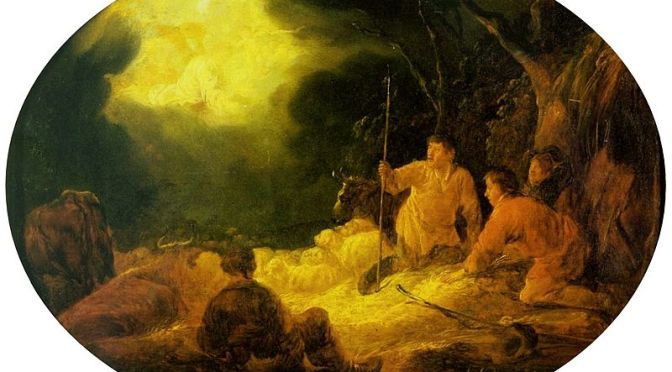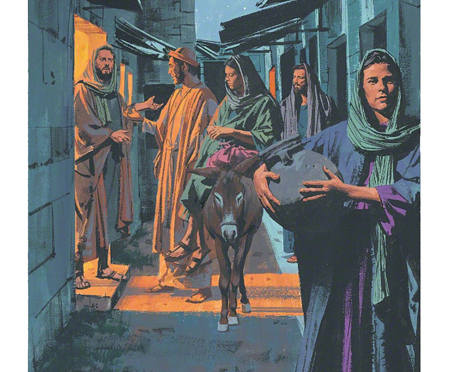The younger daughter of King Saul and his wife, Ahinoam, was born during a time of war and political change. They named their daughter Michal.
There’s a debate of what the name “Michal” means.
- The first possible meaning is “Who is like God.” If this is the case, her name would be a feminine form of the boy name “Michael” and a possible variant of her name would be “Michelle.”
- The other possible meaning is “little stream. ” This is also spiritual in nature as the Bible connects streams to God’s creations and powers. The name “Michal” is one of the most popular baby names for girls in Israel today.
 While we don’t know much about her childhood, there are definite things she would have learned from a young age.
While we don’t know much about her childhood, there are definite things she would have learned from a young age.
Michal’s Education
- Virtuous, Israelite Woman: A woman in Israel would know the importance of loving and obeying God. Michal was fortunate that she and her family had close connections to the prophet Samuel. She would have learned to be a dutiful wife who was expected to give her husband children.
- Benjaminite: The small tribe of Benjamin had an interesting reputation among the other tribes of Israel .They were loyal and fierce fighters to the very end despite being small in numbers. The tribe had close calls when it came to being extinct but they would make a comeback. Benjaminite parents taught their children to be proud of their heritage.
- Princess: The public would expect the best from the royal family. Michal would have been taught how to deal with crowds—how to charm them and when to ignore people. Her father had been especially good at that in his early days as king. At the end of one of his speeches, Samuel backed him up. The people shouted “God save the king.” There were those, though, who doubted Saul’s ability to protect them, but Saul, “held his peace”. He went on to defeat enemies, and more people accepted him gladly as king.
It’s important to remember that Saul’s early glory days were admirable. Very soon after we’re introduced to Saul, we know Saul was the most righteous man in Israel and a die-hard Benjaminite.Right after Samuel anointed Saul as the Lord’s chosen one, he gave further instructions for Saul to go to Rachel’s sepulcher. That was Saul’s first stop on a literal journey to gain followers that led to national victories.
Rachel’s sepulcher held significance to Israel, but it was most sentimental to the tribe of Benjamin. It illustrates the bravery the tribe of Benjamin value and a good role model—especially for Michal.
The Story of Rachel and Jacob
Jacob (later called Israel) had traveled far. As he came to the well, he asked the men if they knew Laban, whom he was seeking. The men said yes and pointed out Laban’s beautiful daughter, Rachel, approaching the well with the sheep. Rejuvenated, Jacob opened the mouth of the well and watered the sheep under Rachel’s care. It seemed as if it was love at first sight. He kissed her and the shepherdess went running to her father.
After discussion, a deal was struck. After Jacob labored for seven years under Laban, he would marry Rachel. Jacob said, “I will serve thee seven years for Rachel thy younger daughter.” Laban agreed and said, “It is better that I give her to thee, than that I should give her to another man.” For Jacob seven years felt like “a few days, for the love he had for her.”
But that Laban was slick. Seven years later. When the time came for the marriage, he swapped Rachel for her elder sister Leah on the wedding night. When Jacob confronted his father-in-law the next morning, Laban said in his country it was tradition to marry the older women first. But Laban hastily added, Jacob could also marry Rachel the following week if he worked seven more additional years.
Jacob paid double the bride price, but “he loved Rachel more than Leah.”
In Old Testament stories that mention love between two people, only one individual is said to love the other. It’s not necessarily unrequited love. In the case of Rachel and Jacob, we’re told how Jacob loved Rachel, but not if she loved him. But judging but her devotion to him, we can assume she did. We know Leah pined for Jacob. After she gave Jacob his first son, she said, “Now therefore my husband will love me.”
Again we can assume that Leah also loved Jacob—and yet—there’s no direct mention of her actually loving Jacob.
Jacob cared and provided for his wives and children. Rachel, though, would always hold the most special place in his heart despite Leah giving him six sons and Rachel giving him two sons.
Rachel displayed bravery as she traveled pregnant and went into labor. It was a “hard labour.” The baby lived but she did not. In his grief, Jacob set up a pillar in tribute to Rachel and named the baby “Benjamin.”
Benjamin surviving was a miracle. His mother Rachel was a hero to his descendants. Though Michal probably liked this story, she couldn’t have expected just how much she would relate to the well-remembered matriarch.
Sources:
1 Samuel 9-11, 14
Genesis 29, 35
http://www.abarim-publications.com/Meaning/Michal.html#.VZ_sUubJCUk
http://www.kingjamesbibleonline.org/streams/
http://babynames.allparenting.com/babynames/Popular/Popular_baby_names_in_Israel/
Images:
At the Edge of the Brook by William-Adolphe Bouguereau
The Meeting of Jacob and Rachel by William Dyce






























